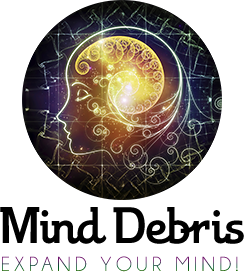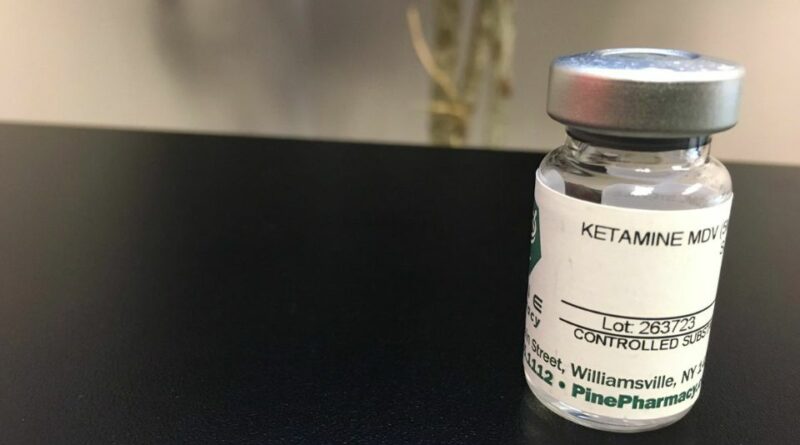Ketamine Therapy for Depression
[Please note that this page contains affiliate links. If you choose to purchase after clicking a link, I may receive a commission at no extra cost to you.]
Ketamine therapy was first used in the 1960s in Belgium for animals as an anesthetic.
Ketamine therapy was approved by the FDA in the 1970s for people as an anesthetic.
Ketamine Therapy for Depression
Doctors used it during the Vietnam war to treat injured soldiers on the battlefields.
Unlike other anesthetics, ketamine can be administered without a ventilator as it doesn’t slow down breathing or the heart.
First responders will give ketamine to a disturbed patient who may have just attempted suicide.
Doctors such as Ken Stewart discovered how ketamine therapy had significant effects on fighting against suicidal thoughts and depression.
“If someone is attempting to jump off a building and give them ketamine during the ambulance ride to calm them down, then ten months later, Ken says, ‘They have not had suicidal tendencies for ten months.’
“When you hear story after story such as that, ‘Perhaps there is something here,’” Ken explained, an emergency physician. So he started the company Insight Ketamine in Santa Fe, New Mexico.
Ken Stewart also started as a doctor in combat medicine during the Vietnam war. As of now, there are very few doctors who treat suicidal thoughts with ketamine.
Ketamine therapy causes patients to what doctors named a “dissociative experience” referred to on the street as a “trip.”
This is how ketamine became a club drug, referred to as Special K, Vitamin K Super K, and others. On the street, you can find people who snort it, smoke it in joints or cigarettes, inject it, and add it to people’s favourite cocktail.
Ketamine’s Antidepressant Effects
“Ketamine can produce sensory and vision distortions; feelings of losing reality; temporary unusual beliefs and thoughts; and feelings of euphoria,” says John Krystal, MD, who is the chief of psychiatry at Yale School of Medicine and Yale-New Haven Hospital in Connecticut, he is studying ketamine’s antidepressant effects. He is the leader in this newer science.
Ketamine Therapy for depression trips lasts about two hours. However, there can be risks if people decide to use it casually and regularly. The most severe chances are high blood pressure, slowed breathing and unconsciousness.
Ketamine can also create long-term issues, like stomach pain, kidney problems, bladder ulcers, memory loss and depression. If you take this drug well drinking, significantly if intoxicated, it could be fatal.
Recreation and causal use are not ketamine therapy and are not a treatment for depression.
Doctors now have developed a protocol for medically supervised use for ketamine therapy for depression that can aid patients who have medical-resistant depression.
Ketamine therapy studies estimate that about 70% of patients who do doctor-assisted ketamine therapy for depression have long-lasting benefits far after the ketamine trip. Scientists are hard at work studying why this occurs.
So far, doctors have noticed that most people start to feel the antidepressant effects beginning a few days after their dose.
“Researchers looked at brains of depressed people and see that the number of synapses goes down caused by the depression, a depressed brain will lose some of their synapse connections,” Krystal says.
Research confirms that the lost connections began to regrow within one day after the first dose of ketamine therapy for depression.
As the more synapses grow, the better the antidepressant effects of ketamine therapy occur.


